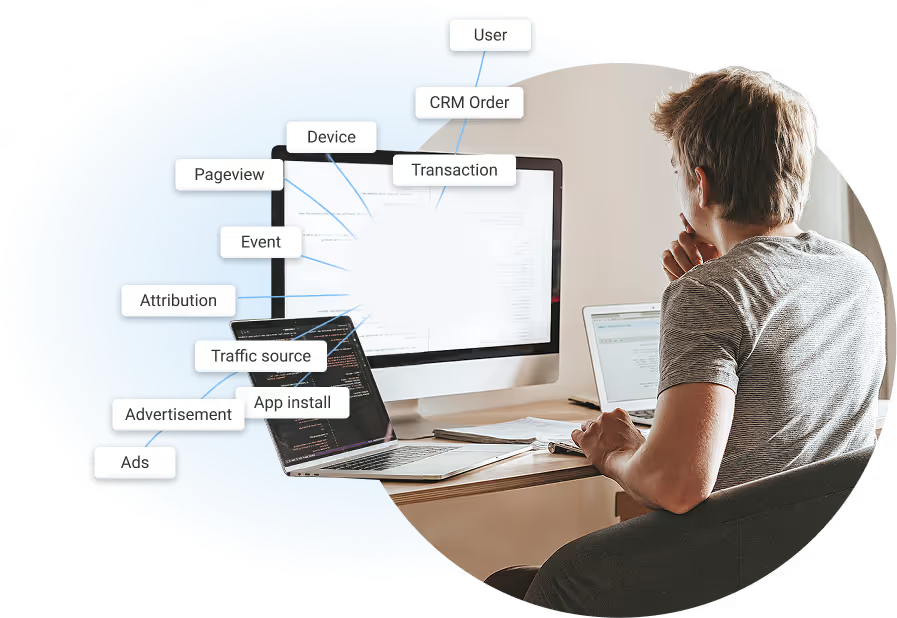

Direct Traffic is the portion of your website traffic that comes from users entering your website URL directly, using bookmarks, or arriving from untagged or untraceable sources. It represents visits where no clear referring source is identified.

Direct Traffic is tracked via analytics platforms like Google Analytics. When a session lacks referral data – such as clicks from typed URLs, bookmarks, QR codes, or improperly tagged links – it’s attributed as Direct Traffic.
Direct Traffic = Sessions Without a Referrer or Identifiable Source

Direct Traffic = Sessions Without a Referrer or Identifiable Source

If your website had 25,000 total sessions in a month and 6,000 of them came from users typing your domain directly or from unknown sources, your Direct Traffic would be 6,000 sessions.

OWOX Data Marts helps you investigate the makeup of Direct Traffic, detect tagging gaps, and uncover hidden referral paths – empowering you to track user journeys more accurately and reduce blind spots in your analytics.
Start your free trial today and gain full control over your Direct Traffic!

A healthy level of Direct Traffic varies by business type, but 10%–20% of total traffic is often a good sign of brand recognition or returning users. It’s important this segment is growing alongside properly attributed traffic.

Excessively high Direct Traffic (e.g., 50%+) may indicate tracking errors, missing UTM parameters, or analytics misconfiguration – leading to poor channel visibility.

Avoid misattributed Direct Traffic by tagging email, paid, and partner links with UTM parameters to capture the true source.

Make your URL easy to remember and type to encourage Direct Traffic from offline channels like TV, print, or word-of-mouth.

Regularly audit your analytics setup to identify and fix any tracking issues that might misclassify traffic as Direct.